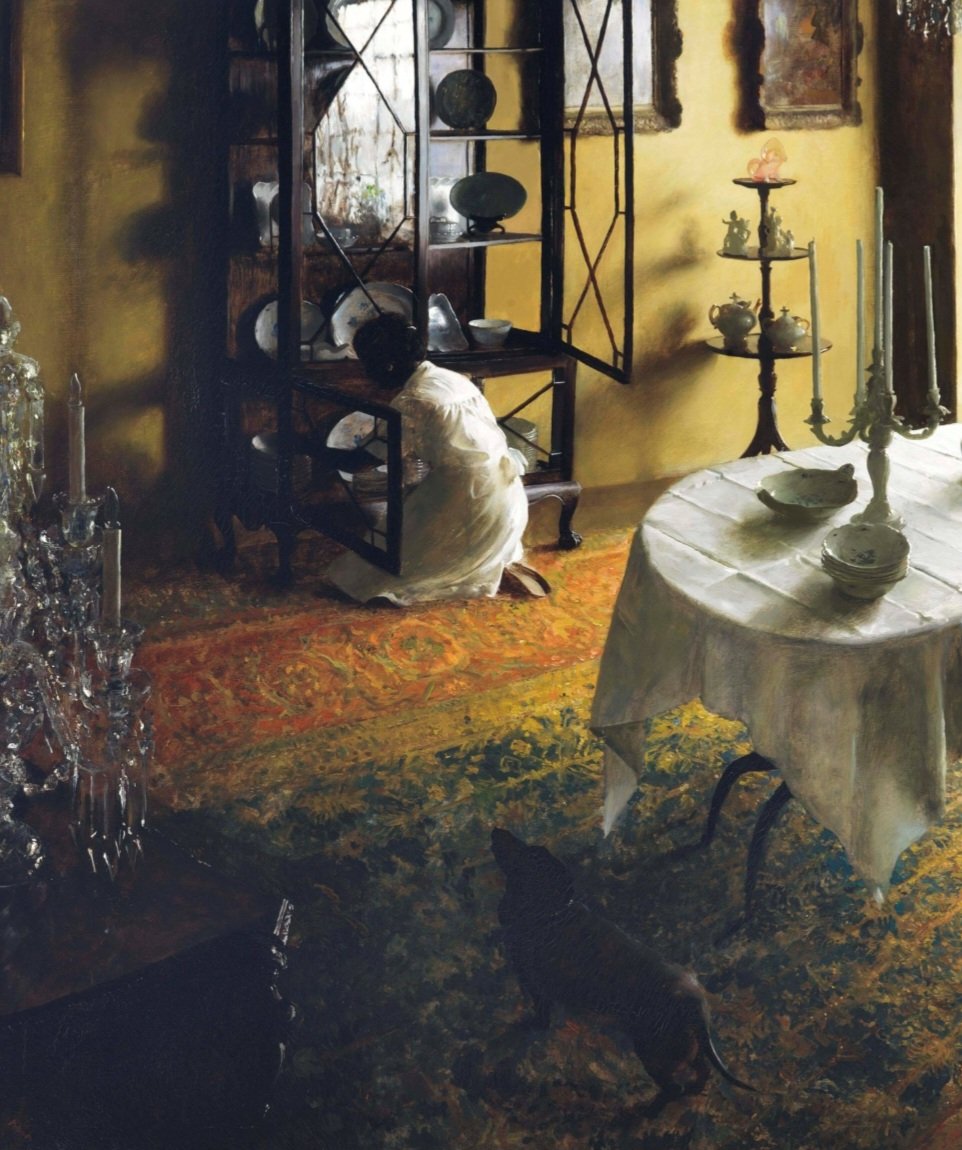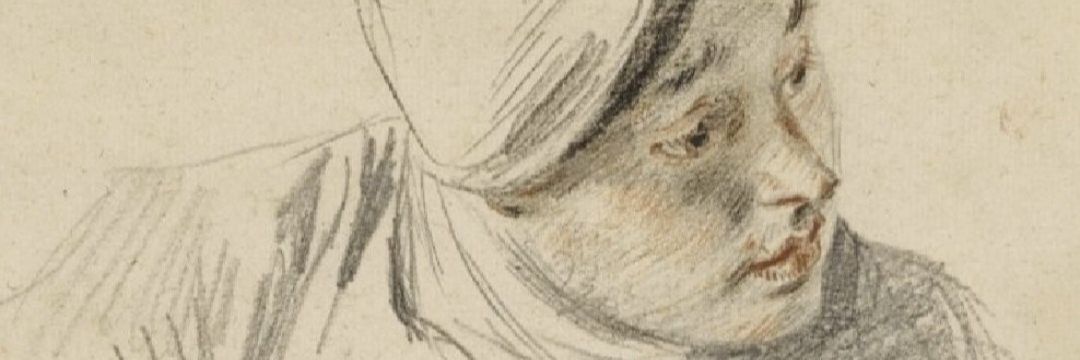
Richard Morris
@ahistoryinart
Art historian, dealer/art consultant 19thC and 20thC British/European art. Founder: Everyone's Art. Seen in/on: CNN, NBC, The Spectator, The Times etc
Unable to sell 'Deep in the Maze of Summer Woods,' (c1907) which had been shown as his star exhibit at the Royal Academy in 1908, Rex Vicat Cole destroyed much of the picture - only a fragment remains: his wife and son walking through a clearing at Fittleworth in Sussex.
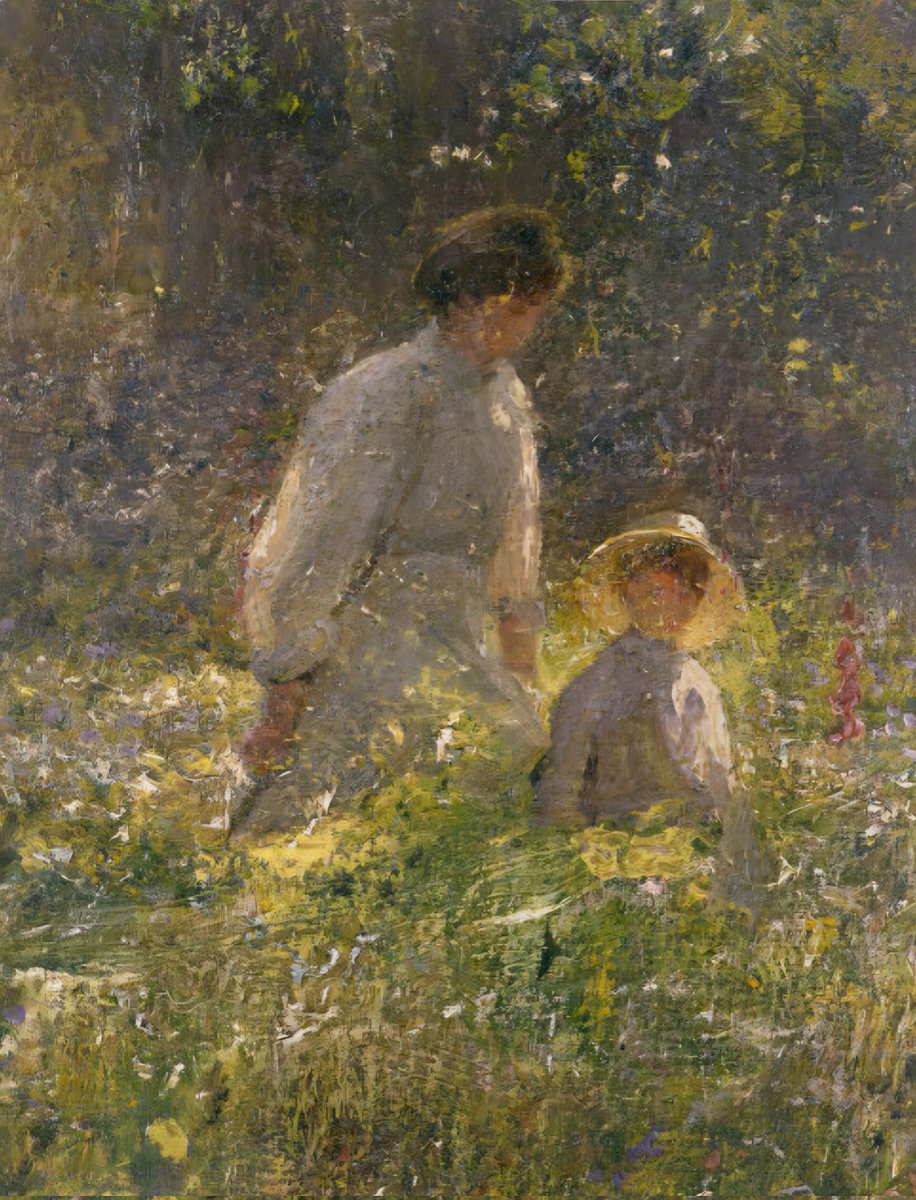
'In Bed.' (1878) Frederico Zandomeneghi’s paintings concentrate almost exclusively on the theme of women: as mothers, friends or solitary figures engaged in personal and private rituals; subjects also treated by his contemporaries including Renoir, Degas and Berthe Morisot.
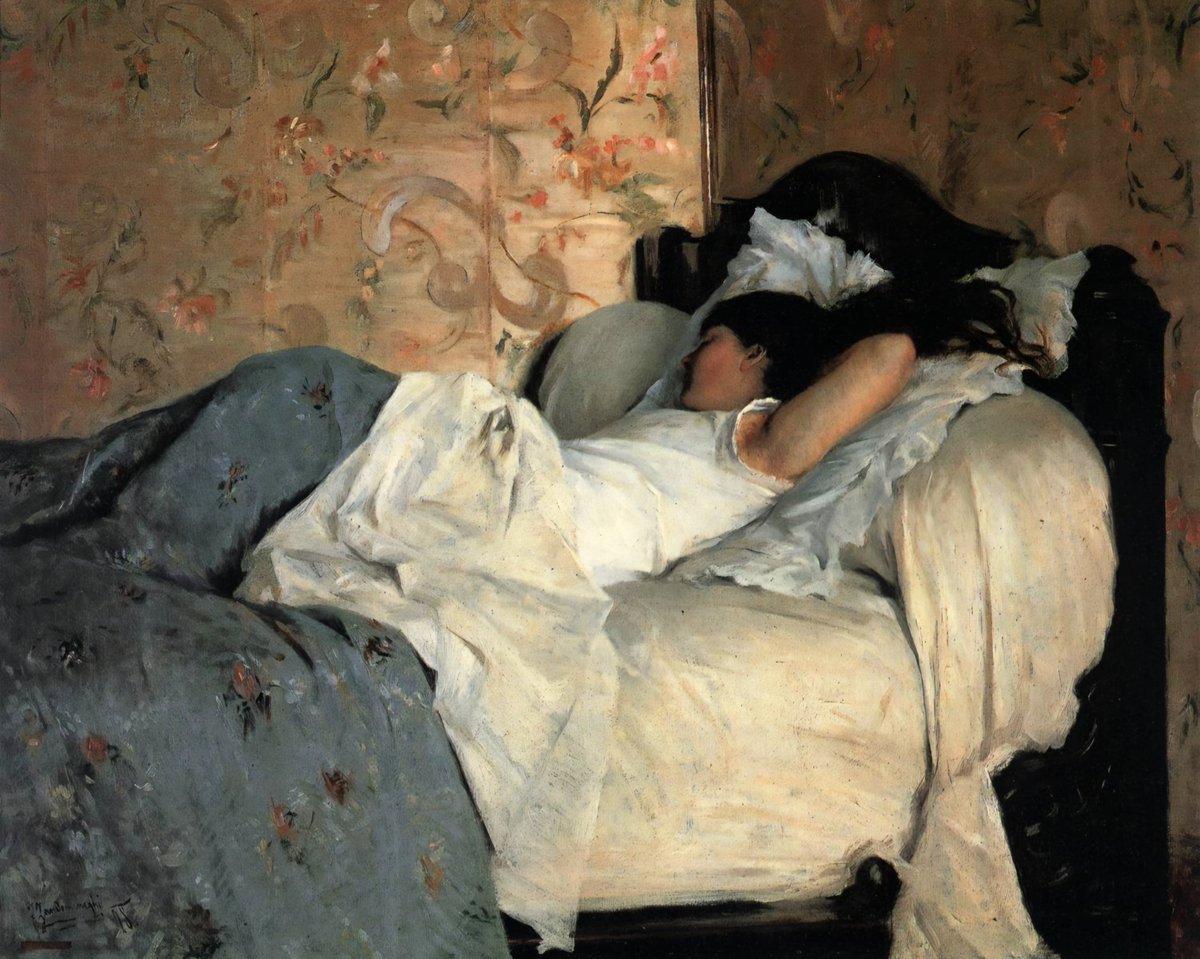
'Portrait of Roy Gentry,' was made in 1949 when the sitter and Euan Uglow were both aged 18 and Uglow was studying under William Coldstream at the Slade; precise measurements are still visible in this work and can be seen as the scaffolding of his pictures.

This November, Tate Britain will present the first major exhibition to explore the lives of JMW Turner and John Constable. The show will feature over 170 paintings and works on paper including Constable's 'Cloud Study (with birds) from 1821. The exhibition closes April 2026.
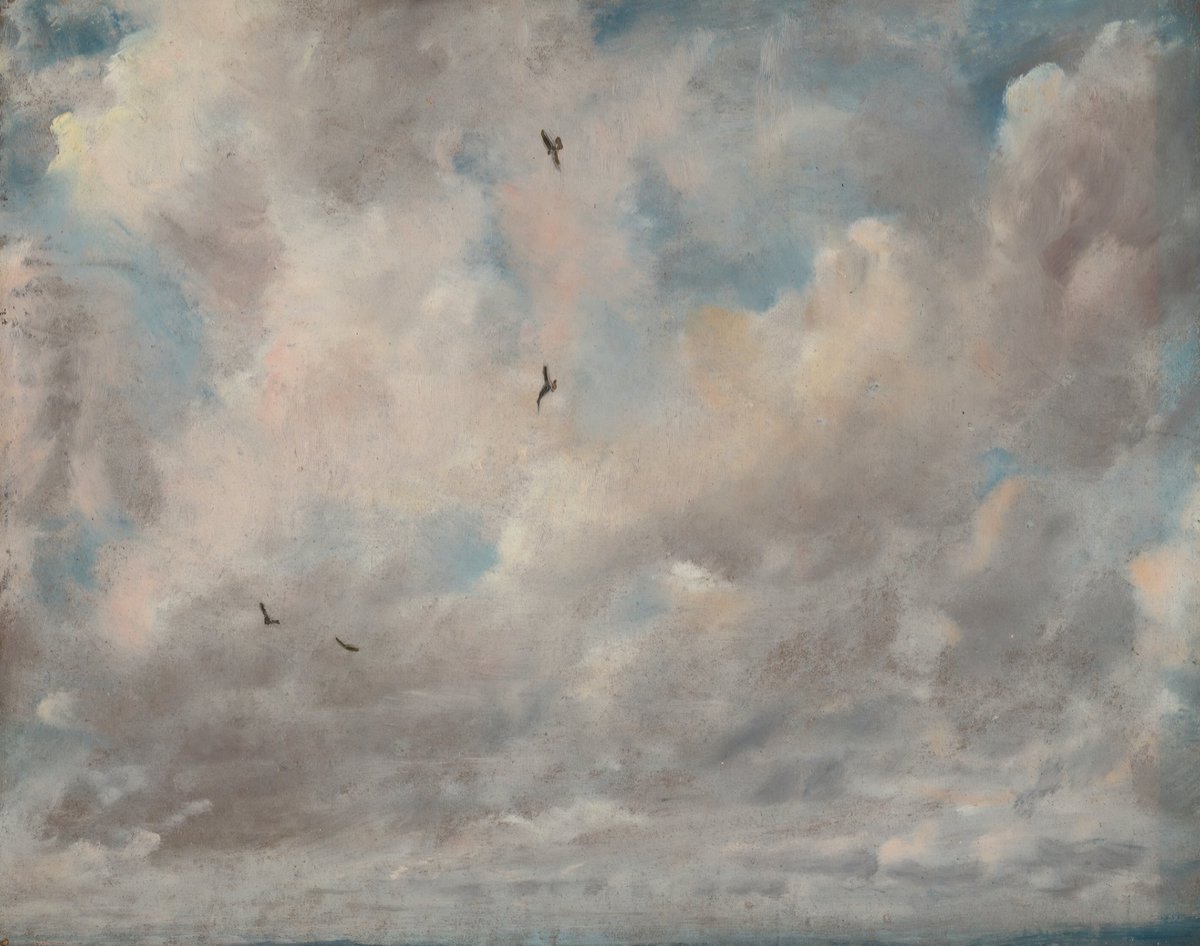
Copying from the antique (ancient sculptures and classical works) was a core part of the curriculum for art students, particularly in the early years of their training. This watercolour and pencil work by James Hayllar depicting 'La Cantoria, Florence,' is from 1853.
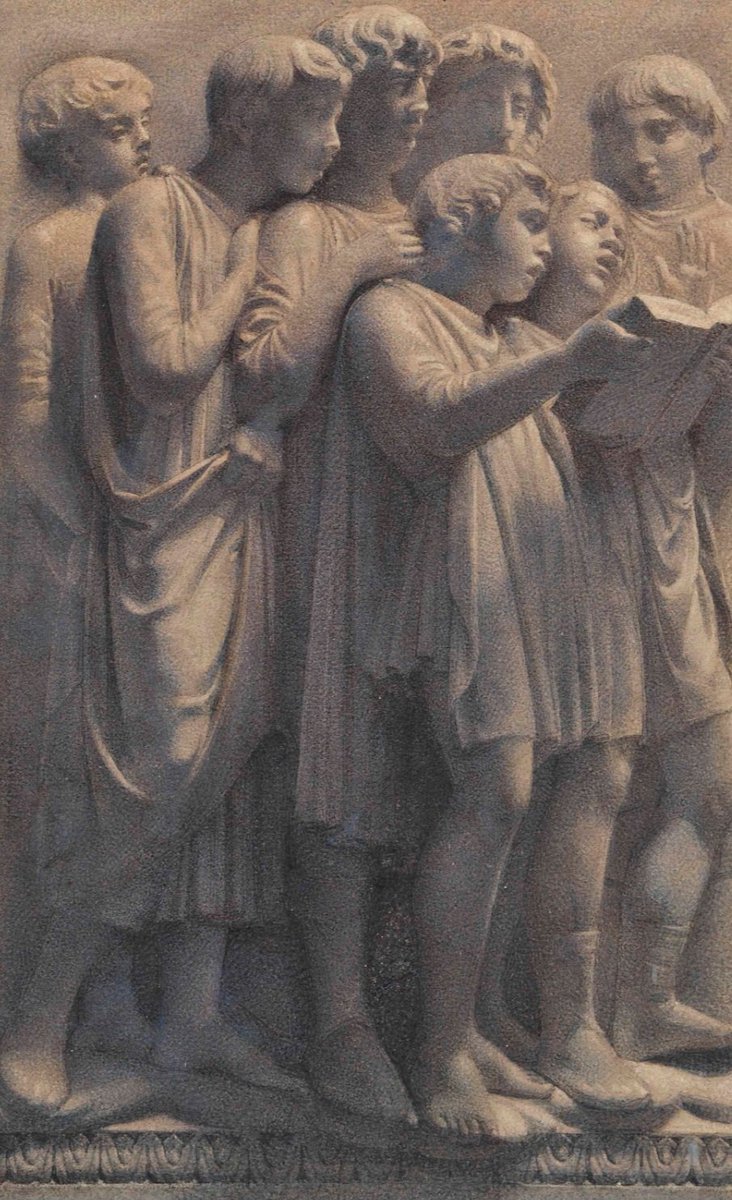
'Garden in Sunlight,' by Vanessa Bell was painted in the late 1930s and shows part of the garden at Charleston; the double doors lead into Duncan Grant’s studio, the orange shape under the deckchair is a mosaic of a goldfish, made around 1917.
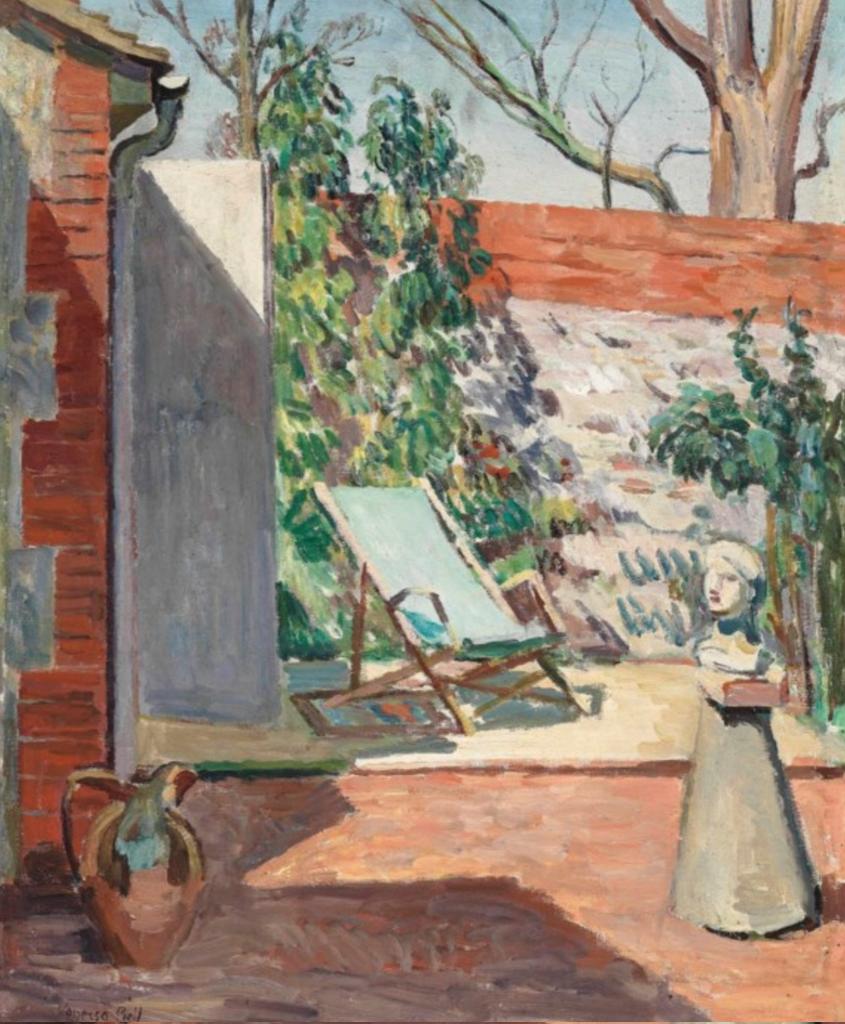
It was on his trips to Deauville that Gustave Courbet was introduced formally to seacapes by Eugène Boudin. The work he produced during the 1860s gave Courbet commercial success and an opportunity to explore the complexities of land, sea, and sky.
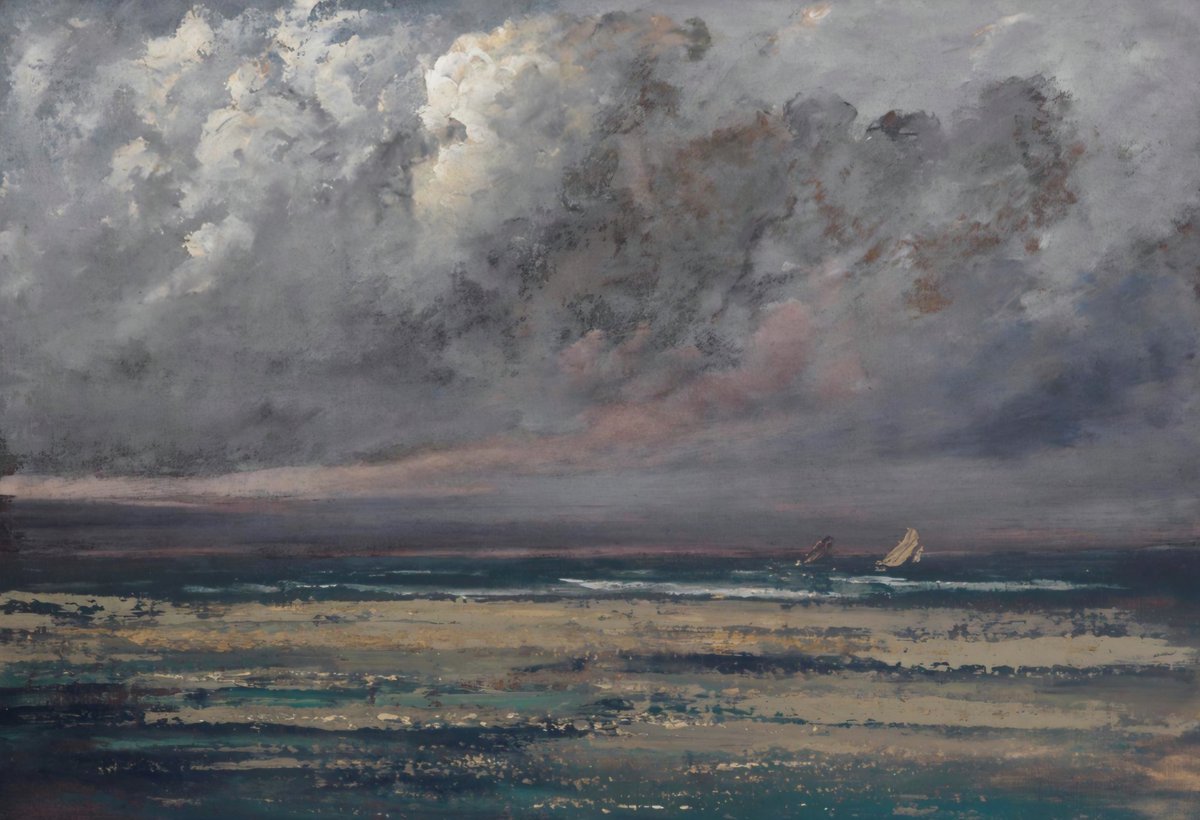
'Clouds in Finland.' (1908) Konrad Krzyżanowski, is one of the most outstanding representatives of Young Poland’s art (Arts and Crafts Movement) and was an artist of original, expressionist painting. This work was made when he was a professor at the Warsaw School of Fine Arts.
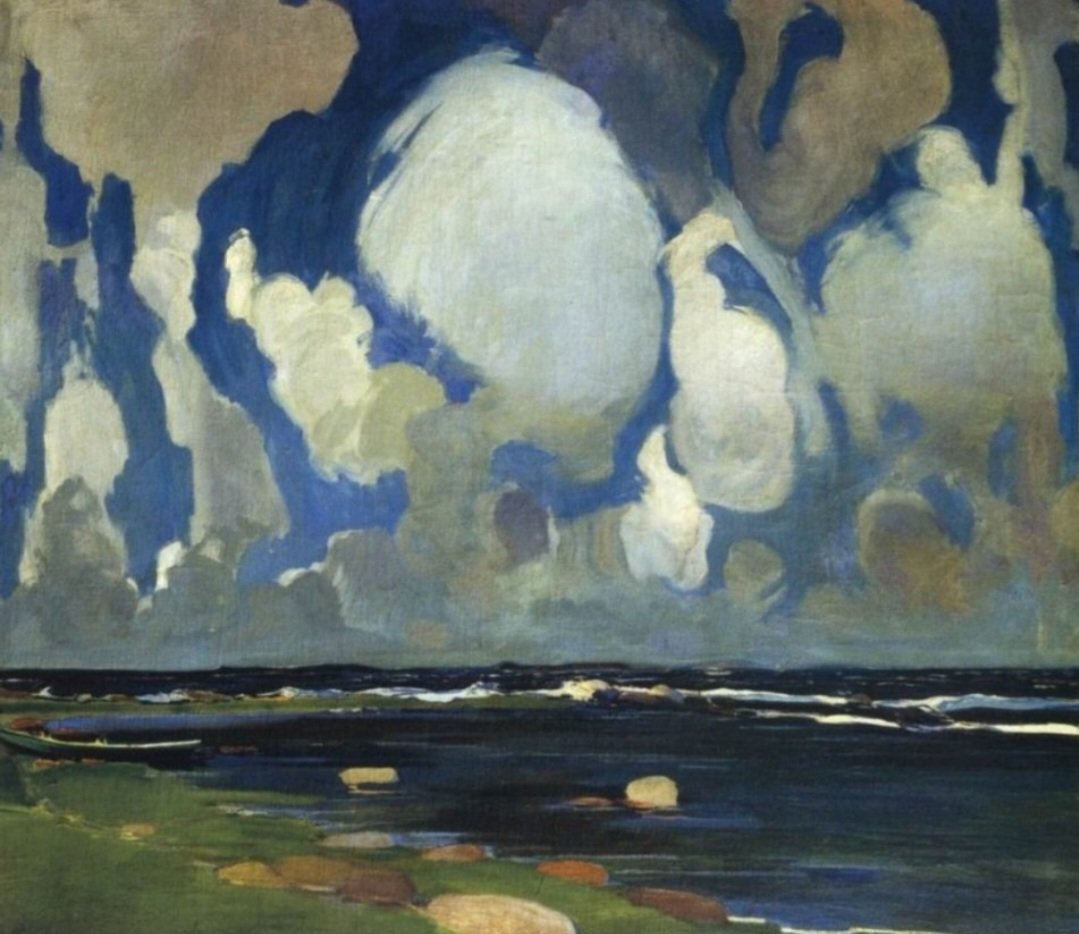
'Bicycle Boys,' (1939) focuses on the energy of urban life and human interaction. William Roberts was particularly drawn to uproarious environments, from the boisterous atmosphere of packed noisy cafes, to the movement and hustle and bustle of crowds.
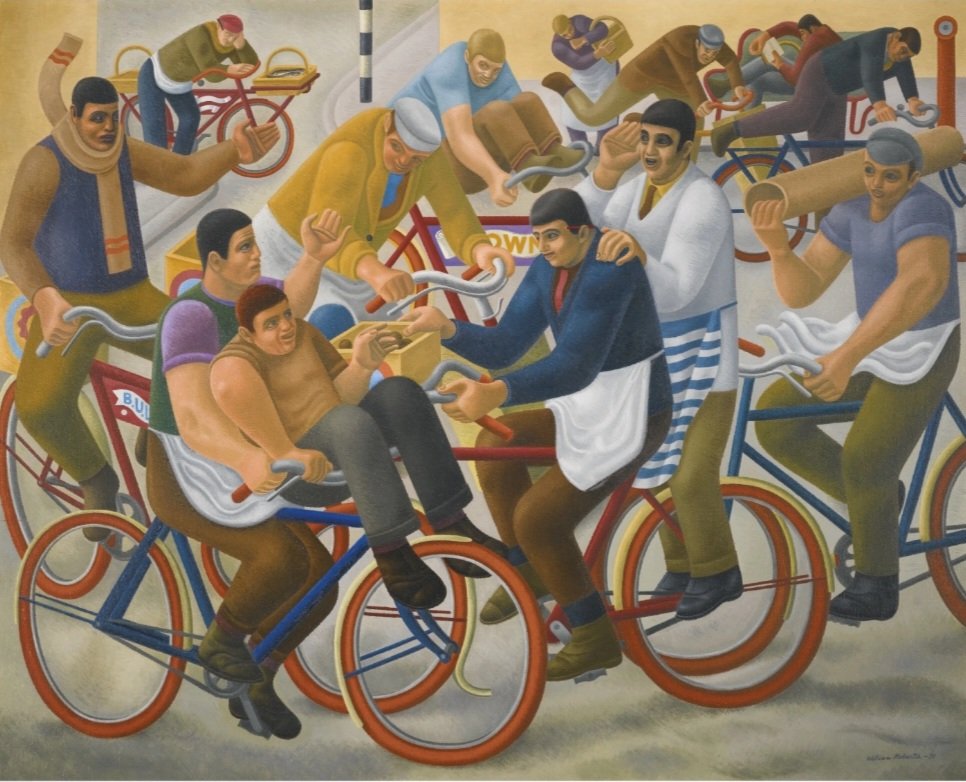
'House Cleaning.' (1882) Jessica Hayllar was the eldest daughter of the artist James Hayllar (whose students included Millais and Dante Gabriel Rossetti), she derived her main inspiration from the family home at Castle Priory, on the banks of the Thames, near Wallingford.
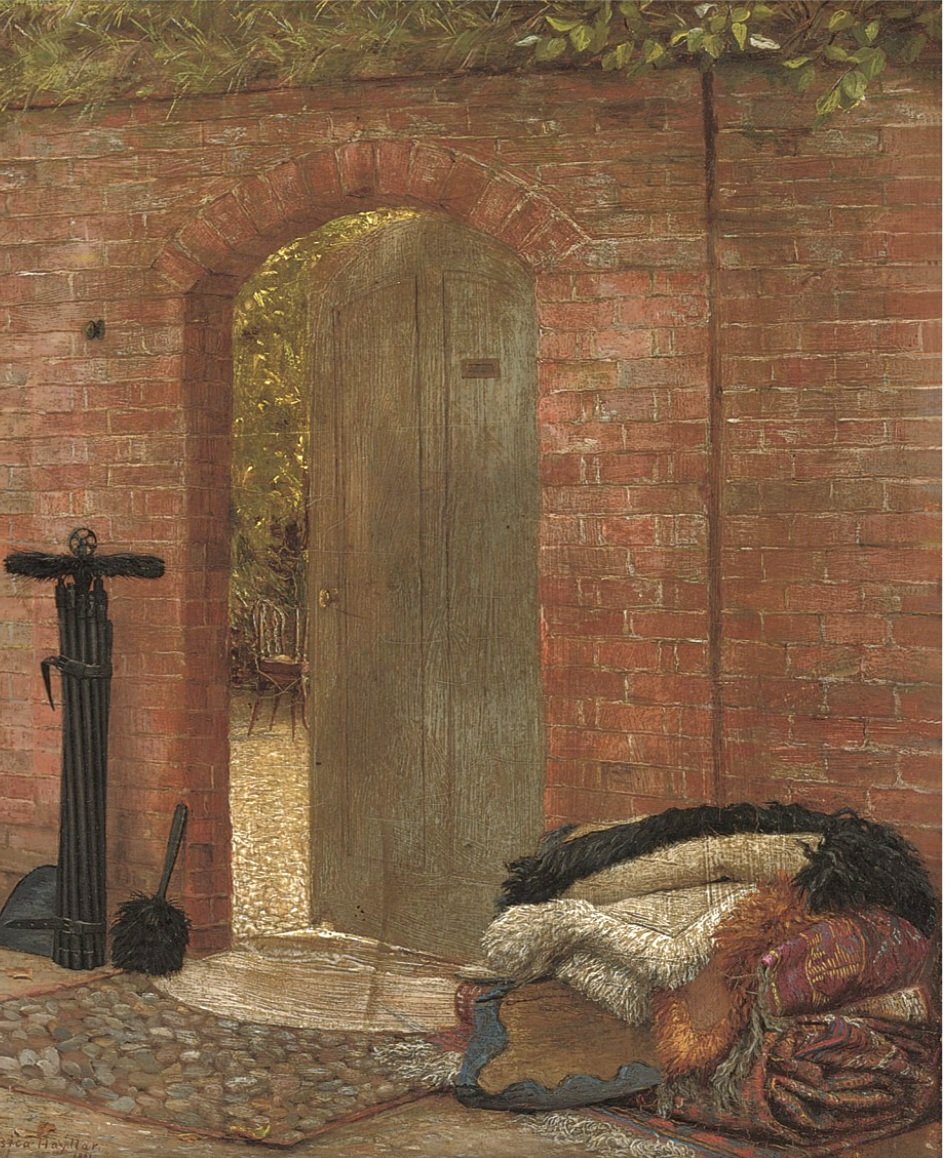
'Descent to the Beach.' (c1920) A founder member of the The Camden Town Group, Walter Bayes was regarded by his colleagues and fellow artists as an intellectual excelling 'in the science of picture making, including perspective and the proportions and balancing of colour.'
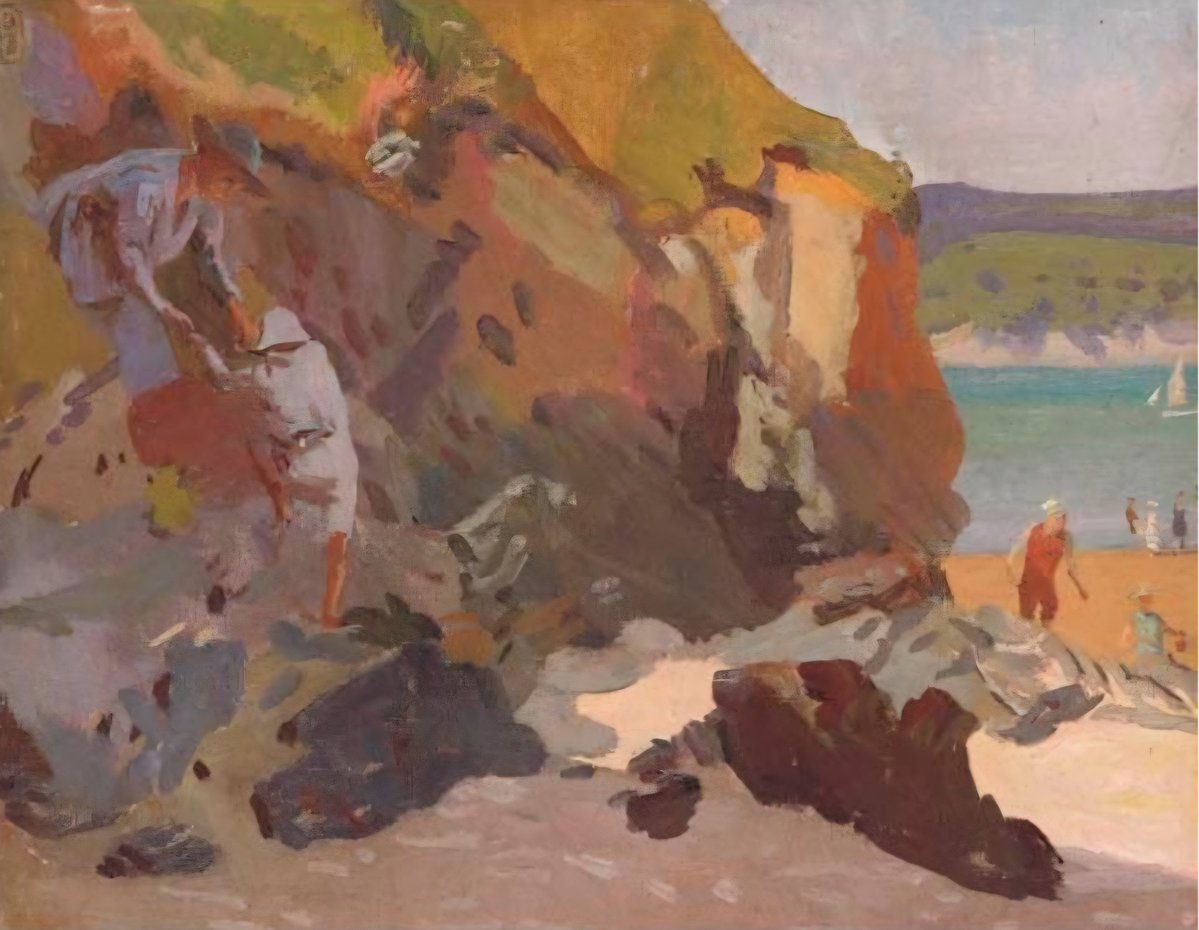
'The Yerres, Effect of Rain,' (1875) is Gustav Caillebotte's first pure landscape. His pictures often show isolated figures, giving them a sense of seclusion that can border on the melancholy. In this work, there are no figures, just rain, an empty river and an empty skiff.

'Night scene, Pittsburgh.' In contrast to some of his contemporaries, George Sotter documented what he called 'the industrial bellows of Pittsburgh,' then a major hub for steel production in America. This work is from around 1900.

Euan Uglow was as radical and experimental as any celebrated British post-war artist. The ideas he pursued had nothing to do with setting a narrative or painting a photographic likeness, but creating a structured painting: 'full of controlled potent emotion.'
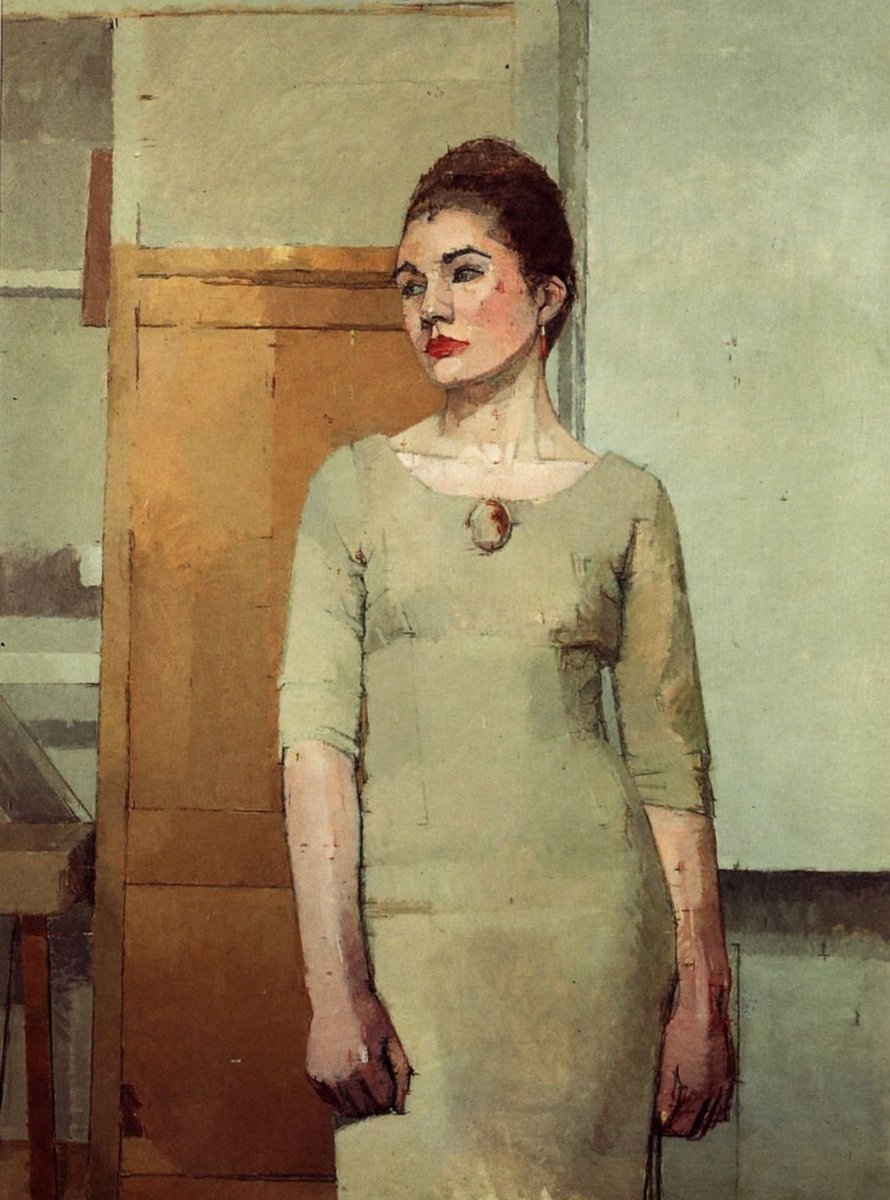
'Beach of Biarritz.' Following the success of Sorolla's exhibition in Paris in 1906, he retreated to Biarritz. It was a hub of social activity for people like the Kaiser and the Prince of Wales; the Spanish Royal family and their court spent the summer in nearby San Sebastian.
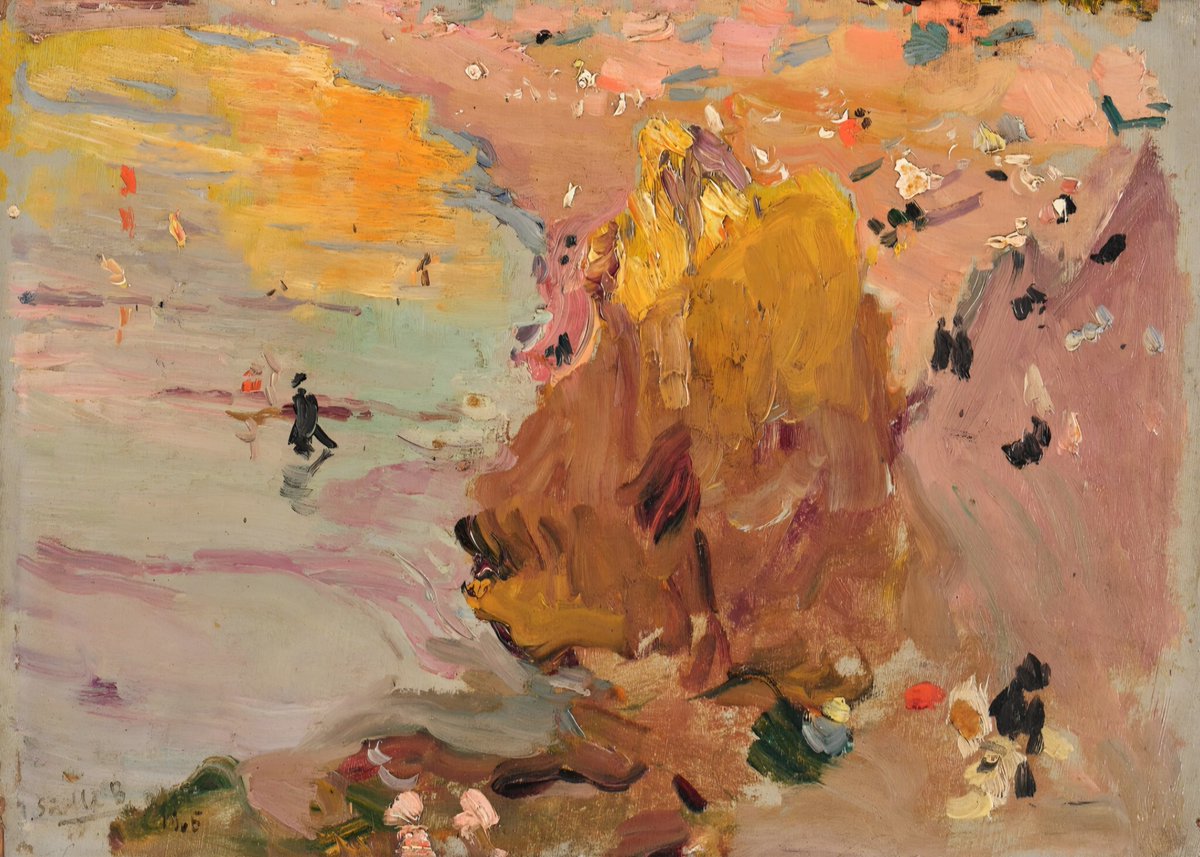
'Portrait of Tom Chalk.' The tradition of Social Commentary: Mathew Paris, Carpaccio, Longhi, Tiepolo, Callot, Brueghel the elder, Rembrandt, Guys, Hogarth, Rowlandson, Gericault, Daumier, Goya, Frith, Fildes, Holl, Bramley, Clausen, Herkomer, Sickert, and this man, Ruskin Spear.
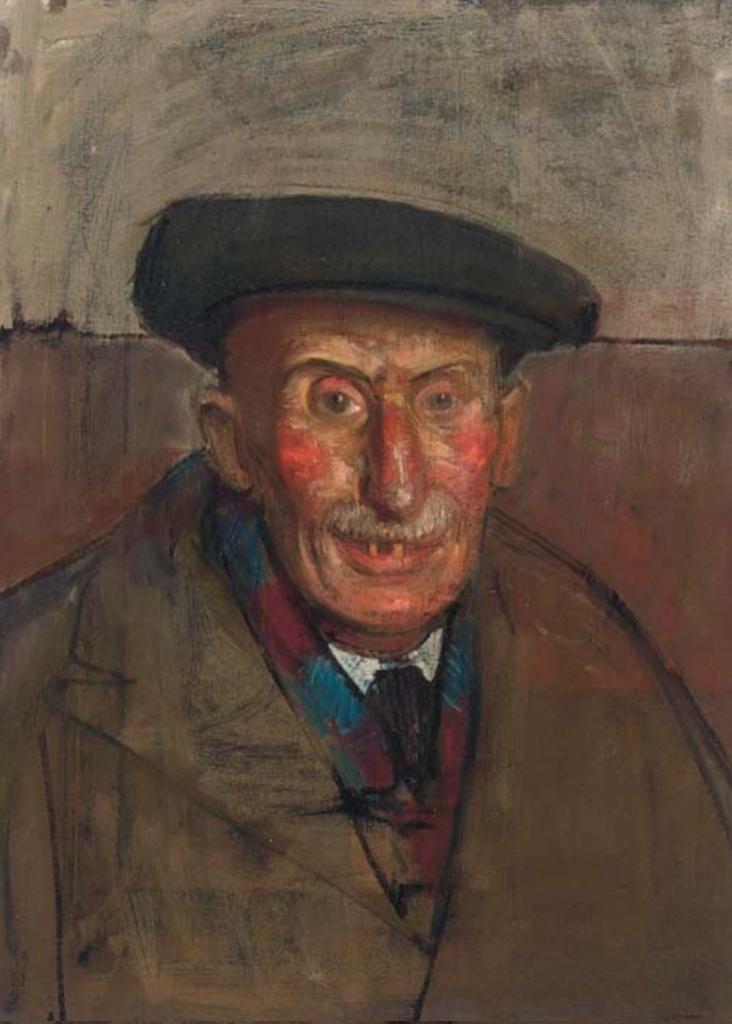
'Apples on a Table.' (1953) Tristram Hiller painted still-lifes throughout his career always preferring to paint (in tempera) objects which he said showed character - 'who wants to paint a boring apple or a blemish free pear? I prefer my fruit to be bruised; maggots are a bonus.'
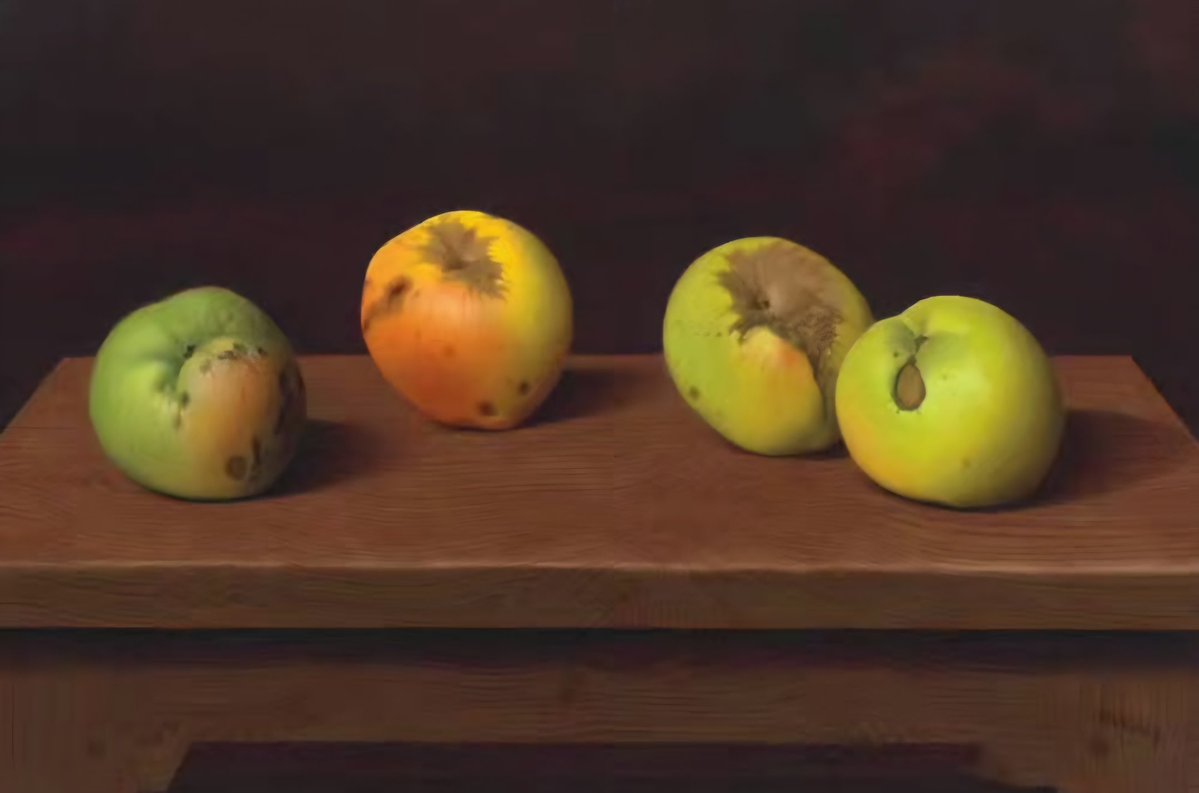
'The Porch Door,' (1962) captures Fairfield Porter's admiration for Henri Matisse, like him he depicts the typical and the individual at the same time, in this case the view from a window at his home on Great Spruce Head Island in Penobscot Bay, Maine.
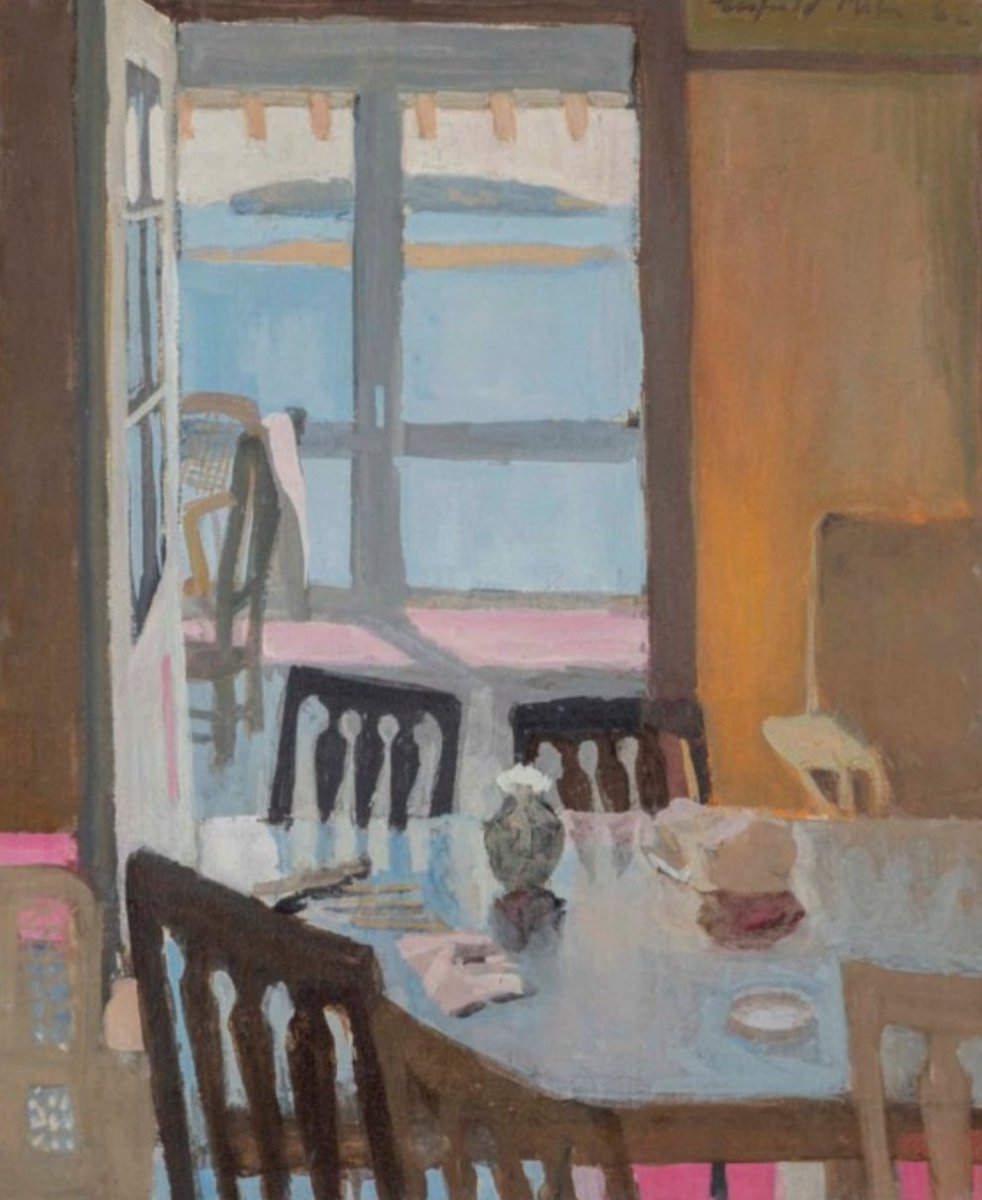
'Dedham Vale, Evening,' (1802) was painted close to John Constable's home at East Bergholt in Suffolk, the year he first exhibited at the Royal Academy in London - he was gathering the material that would fuel his creative ideas for the rest of his working life.
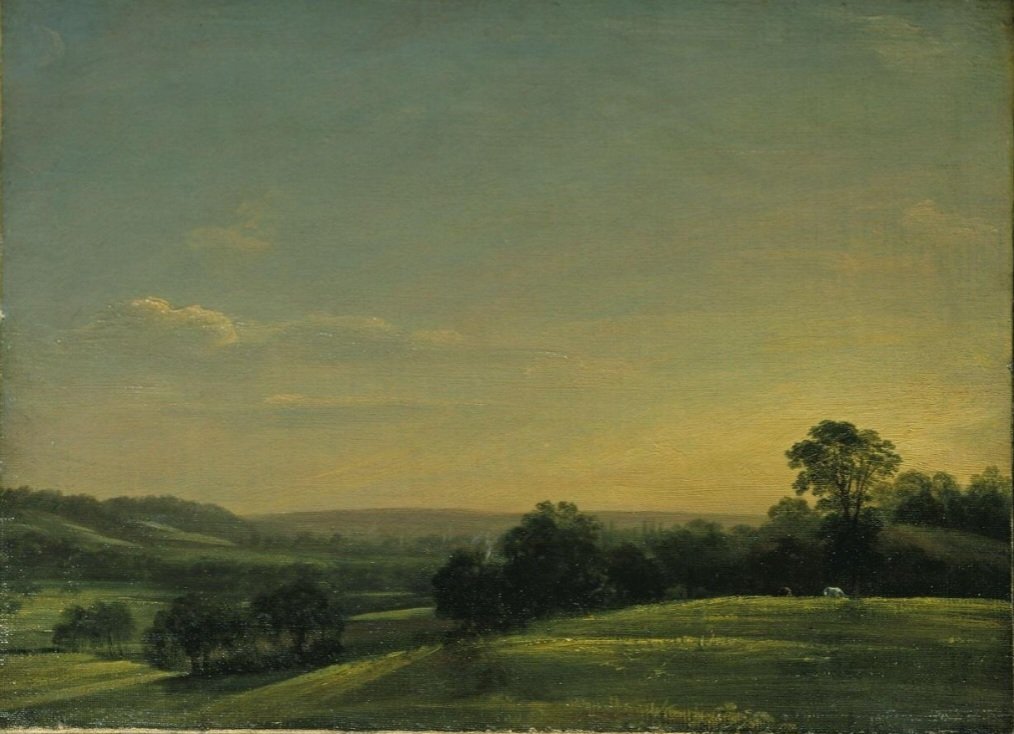
'The Dining Room.' (1956) John Koch worked out of his New York City apartment which provided a backdrop for many of his paintings, filled as it was with antiques and paintings from various centuries; they feature prominently in his work and add a domestic intimacy.
